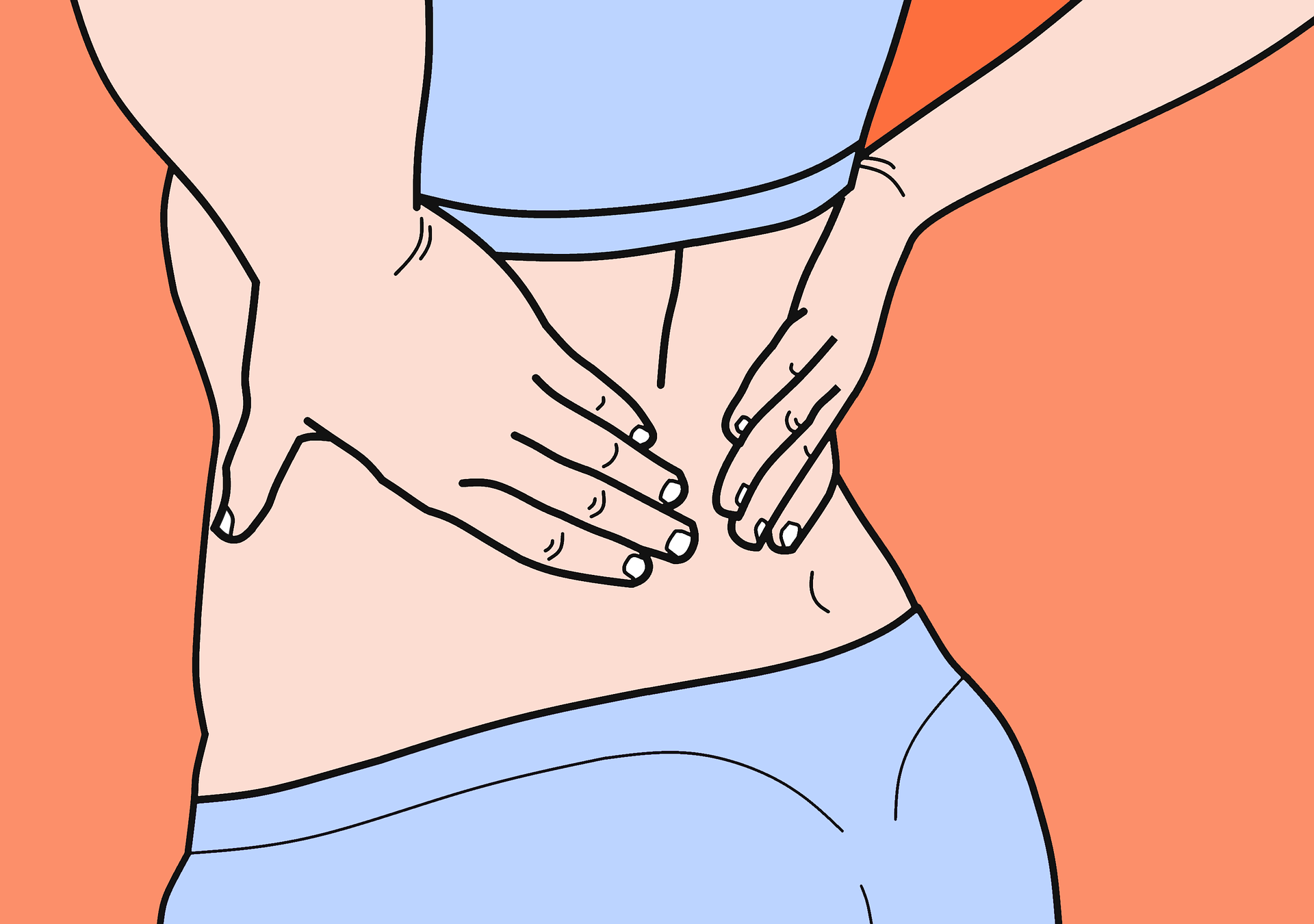Lower back pain is one of the most common aches, as 80 percent of the population will experience it at some point in their lives, according to statistics from the American Chiropractic Association (ACA). What’s more, the organization says that at least $50 billion is spent each year on treatment for the ailment, which is also one of the most common reasons for missed work.
One problem with treating back pain is that there’s overlap between back and hip problems, according to hip specialist Trevor Murray, MD, in a story on the Cleveland Clinic website.
A new article from the American Academy of Orthopaedic Surgeons attempts to address groin, thigh and knee pain associated with the back, hip and spine.
 According to the article, groin pain or problems getting in and out of a car, are linked to a problem with hips, while butt and back problems are tied to the spine. But those with “hip-spine syndrome” have pain in both areas, making it hard to determine the source of the problems.
According to the article, groin pain or problems getting in and out of a car, are linked to a problem with hips, while butt and back problems are tied to the spine. But those with “hip-spine syndrome” have pain in both areas, making it hard to determine the source of the problems.
“In these instances, similar or overlapping symptoms may delay a correct diagnosis and appropriate treatment,” says article author Afshin Razi, MD, in a statement.
The article advises those experiencing lower back pain to see a doctor for a comprehensive examination to assess qualities like gait, range of motion and posture.
Diagnosis is also a problem because many treatment centers are so specialized. For example, hip surgeons look only at hip problems, says Dr. James Kang of Brigham and Women’s Hospital, in a post on the hospital’s blog. Kang was not associated with the study but serves as chairman of the department of orthopaedic surgery at Brigham and Women’s Hospital.
Rehabilitation and physical therapy are typical treatments for hip and spinal disorders, but can be more complex if a patient is nonresponsive to those options. However, Kang recommends lifestyle changes like weight loss and aerobic activity like swimming and biking for improved hips, spine and back health.
Source: Lower Back Pain: Is It A Hip Or Spine Problem? Guidance For A Correct Diagnosis
By
Image: Pixabay